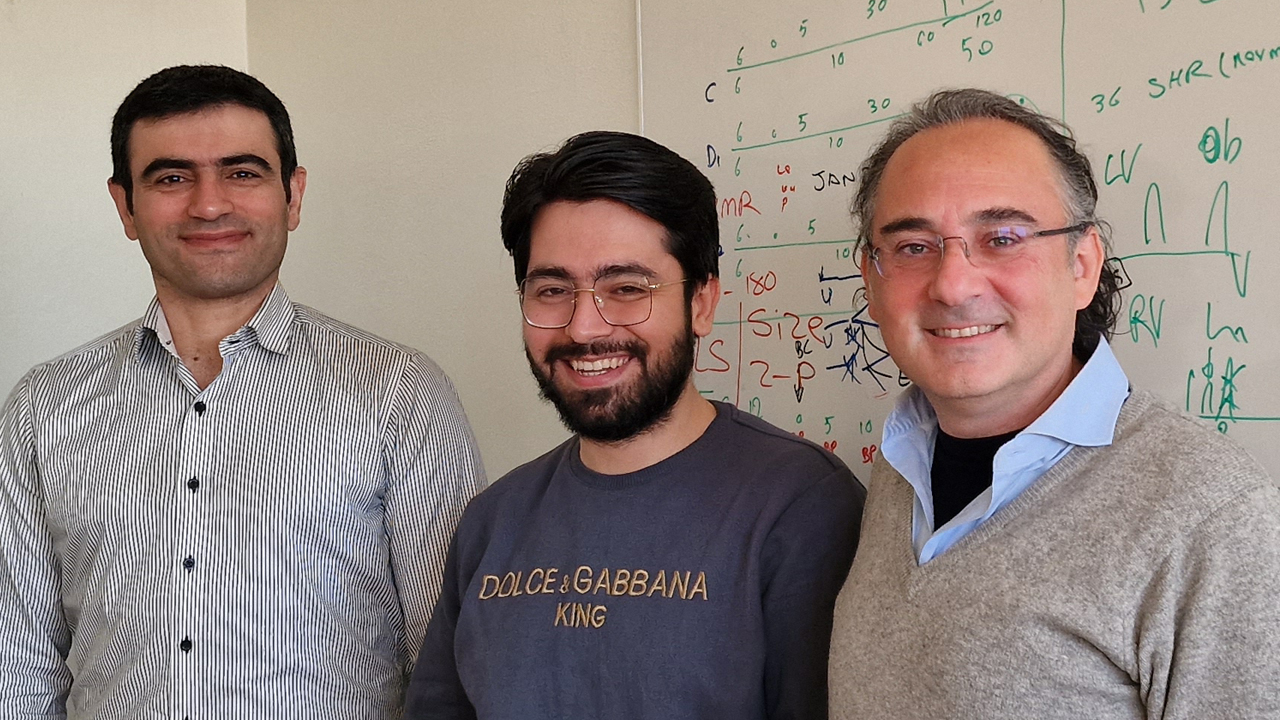Note that we have changed our name to UiO Growth House. Articles written before 2023 use the old name Life Science Growth House.
The School of Health Innovation was established at the University of Oslo in 2016 by Professor Hilde Nebb, now director of the newly established internal innovation unit the Life Science Growth House. Today the School has evolved into a Nordic school that offers courses for both PhD students, postdocs, group leaders and professors. The University of Oslo runs the school in collaboration with NTNU, Karolinska Institutet and Copenhagen University. Thanks to funding from Novo Nordisk Foundation the courses are free of charge for the attendees.
An innovation loop
Professor Alessandro Cataliotti recently attended the School of Health Innovation course for professors and group leaders at NTNU in Trondheim. Cataliotti was encouraged by his PhD student Reza Parvan to attend the course for professors and group leaders. Parvan himself has attended both Course 1: Health innovation and entrepreneurship and Course 2: Entrepreneurship in healthcare for PhD students and postdocs. It was Cataliotti who originally encouraged Parvan to attend course 1, so they have created a sort of innovation loop in their group.
Cataliotti wanted Parvan to attend the School of Health Innovation to broaden his career opportunities as academia eventually can only hire a fraction of PhD students and postdocs. Cataliotti emphasizes that finishing the PhD on time should have first priority for Parvan, but he welcomes innovation activities that don’t conflict with this and sees innovation activities as beneficial.

The importance of networking
So, what are the learning outcomes of attending the courses?
– The most important thing I have learned is how to start the innovation process, says Parvan.
He adds that especially how to make networks and get in touch with other innovators was a main learning outcome for him at course 1.
– And now I have contact with the Life Science Growth House at UiO as a result of this.
Parvan is working on a new drug delivery system for heart disease. He has started out with hypertension and heart failure, but the delivery technology can be broadened.
Through mentoring from the Life Science Growth House, he has been put in contact with highly competent pharmacy researchers, Marianne Hiorth and Sverre Arne Sande, at the Department of Pharmacy at the University of Oslo. Through the course 2 of the School of Health Innovation this fall, he has also had mentoring from a patent attorney from the UK.
Awareness on patenting versus publishing
For Cataliotti the most important learning outcome has been the increased awareness about what it takes for for example big pharma companies to pursue your research field to put your research to use. Here patenting before publishing is crucial. This might be opposite to what is intuitive to researchers who want to publish their research openly and share their results with the science community to make the results available for all.
Cataliotti himself has made discoveries earlier and experienced that pharma companies would have been interested in pursuing his line of research if he had patented his findings prior to publication. He clearly sees that with the support of pharmaceutical companies, the transition of his discoveries to clinical use could have been accelerated.
– To understand the mechanism of what it takes for your research to be followed up is a key learning outcome from the course, he says.
Also, for Cataliotti the networking with other professors and group leaders from Norway, Sweden and Denmark was important, but he also adds that he would have liked to have more of the how-to-aspect in the course for professors.
Broader career opportunities
Although sharing the enthusiasm for the School of Health Innovation, Cataliotti and Parvan have different preferences when it comes to where they want to work.
While Cataliotti has chosen a career in academia, Parvan doesn’t see himself working in academia. He rather wants to pursue a career pathway that he finds more challenging and interesting namely in a startup. He wants to create jobs for himself and others while collaborating closely with researchers in academia.
– More PhD students and postdocs should be aware of this possibility as an alternative to, for example, doing several postdocs in a row without ever getting a permanent position in academia, says Parvan.
Cataliotti agrees.
– One must change the mindset from ‘getting a job’ to also ‘make jobs out of your expertise’.
They both agree the university must work on incentives for researchers who wants to follow the innovation path, for example when it comes to how fast the patenting process is and how the royalties from commercialisation are divided between the researchers, the university and the technology transfer office.
About the School of Health Innovation
The School of Health Innovation was established by the University of Oslo in collaboration with Nansen Neuroscience Network, NTNU and Karolinska Institutet. Today the school is run in collaboration with the University of Oslo, Karolinska Institutet, the Norwegian University of Science and Technology and University of Copenhagen.
At the University of Oslo, the innovation unit the Life Science Growth House runs the school.
Sponsored by Novo Nordisk Foundation.
The courses
- Course 1: Health innovation and entrepreneurship
Learn how to commercialize research or ideas into business ventures and how to innovate services in a clinical setting. Now open for application! - Course 2: Entrepreneurship in healthcare
Get the opportunity to access one of Scandinavia?s most advanced support systems for healthcare entrepreneurs. - School of health innovation for professors and managers
How to combine being a scientist and a health innovator, and increase innovation in your lab.